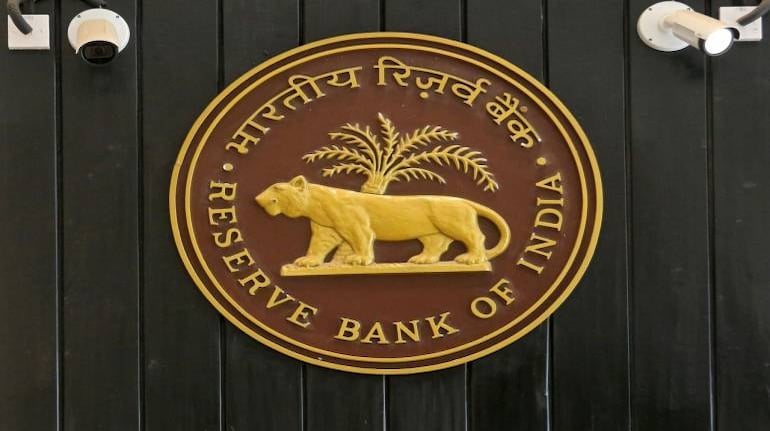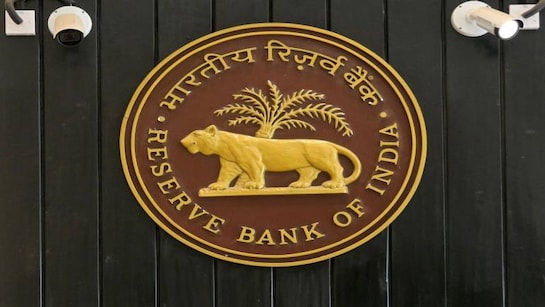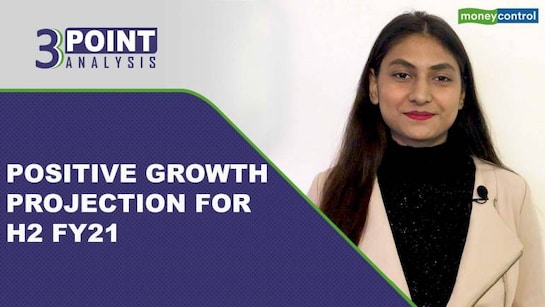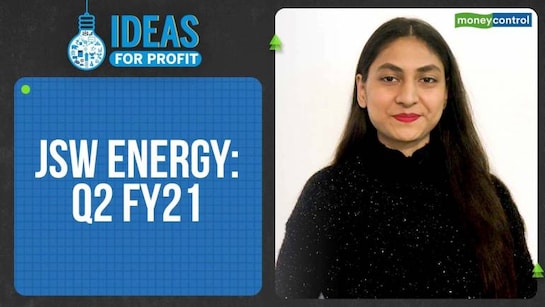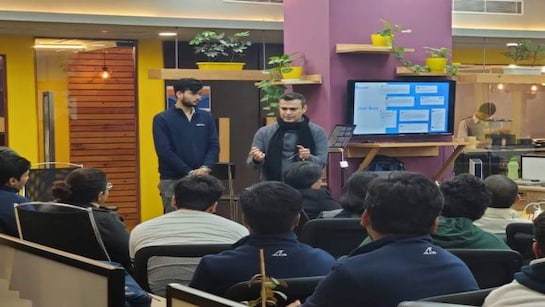Deepthi Mathew
The fourth bi-monthly meeting of the Monetary Policy Committee (MPC) took place from 2nd December to 4th December. The announcements were more or less in the expected line. MPC decided to keep the rates unchanged and continue with its accommodative stance.
To aid economic recovery, RBI governor announced that the accommodative stance will be continued this year, and will be extended to the next financial year also. Though the Q2FY21 GDP numbers came out better than expected, the domestic economy needs more support to fall back to the growth track.
RBI projects the Indian economy to contract by 7.5 percent in FY21, with positive growth rate in the next two coming quarters.
Yet, the fear of rising inflation is evident in the RBI governor’s address. MPC expects inflation to remain at elevated levels with some relief in the winter months. The inflation rate as measured by Consumer Price Index (CPI) reached 7.6 percent in October. And, the RBI projects the inflation rate at 6.8 percent for Q3FY21, and 5.8 percent for Q4FY21.
The supply side issues mainly contributed to the rising inflation rate in the economy. With the economy slowly recovering, demand-side factors will also come into play. For instance, core inflation rate in October stood at 5.7 percent. Alongside, the loose monetary policy in the developed economies is causing a surge in the inflow of funds to the emerging market, which could also fuel retail inflation.
As said by the RBI governor, political stability and expectation of a fiscal stimulus in the US have churned up the risk appetite of the investors. And, emerging markets like India are experiencing surge in the inflow of foreign funds in search of better returns.
The governor also cautioned about the volatile environment that could emerge from the flooding of foreign funds in the Indian market. The governor assured that necessary measures will be initiated to ensure stability in the domestic economy.
Various measures have been announced to support credit growth in the economy. The on tap targeted long-term repo operations has been expanded to cover the stressed sectors in line with the credit guarantee available under the Emergency Credit Line Guarantee Scheme (ECLGS) of the government. Similarly, RRBs has been permitted to access the Liquidity Adjustment Facility (LAF) and Marginal Standing Facility (MSF) of the RBI, along with the call/notice money market.
RBI also proposed to issue digital payment security control directions for the regulated entities. The announcement become more significant with the recent HDFC episode, whereby RBI barred the bank from issuing new credit cards and other digital launches due to outages in online banking.
Though there hasn’t been any major announcement, the tone of the monetary policy continues to be dovish. And, RBI is likely to go for a long pause in rate cut until the inflation rate falls back to the comfortable level.
The extension of accommodative stance to the next financial year upholds RBI’s priority of growth over inflation. However, with the inflation targeting framework, it is important for the RBI to maintain inflation rate at the target range.
(The author is Economist at Geojit Financial Services)
Disclaimer: The views and investment tips expressed by investment experts on Moneycontrol.com are their own and not that of the website or its management. Moneycontrol.com advises users to check with certified experts before taking any investment decisions.












_2020091018165303jzv.jpg)













